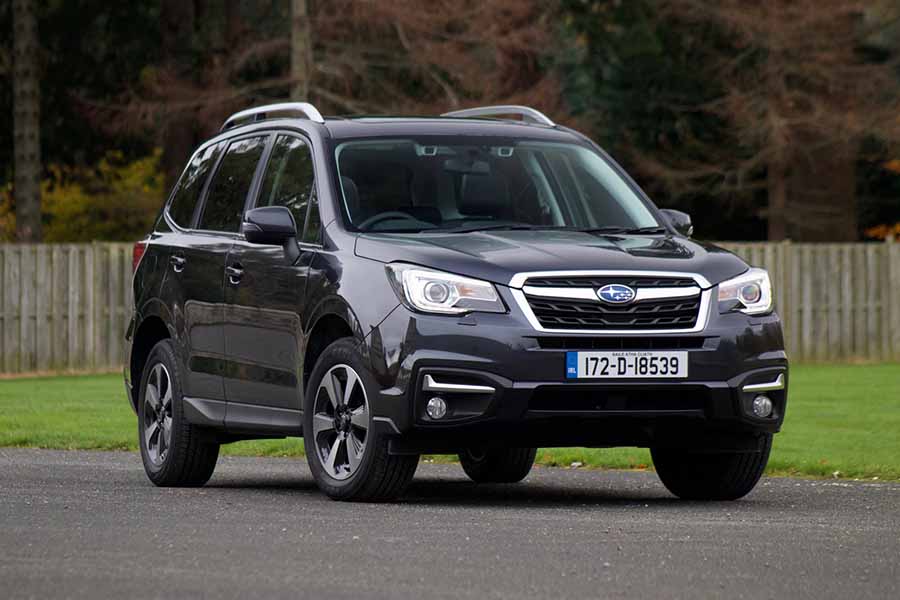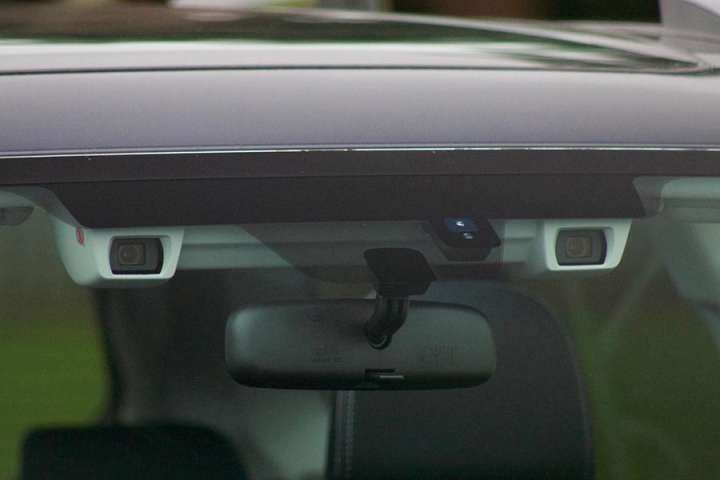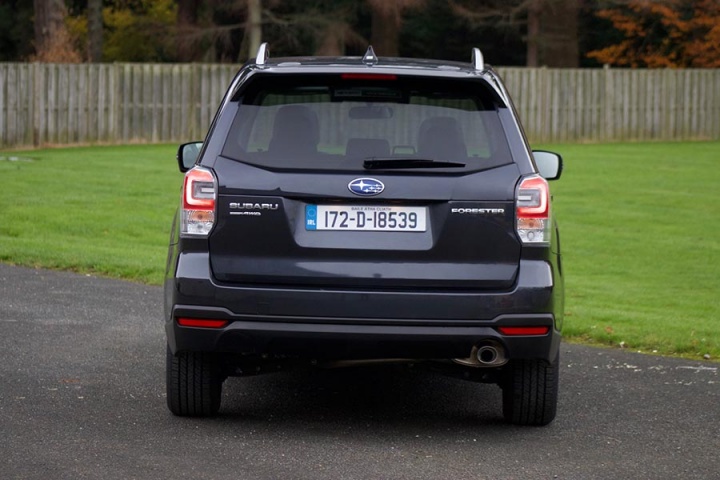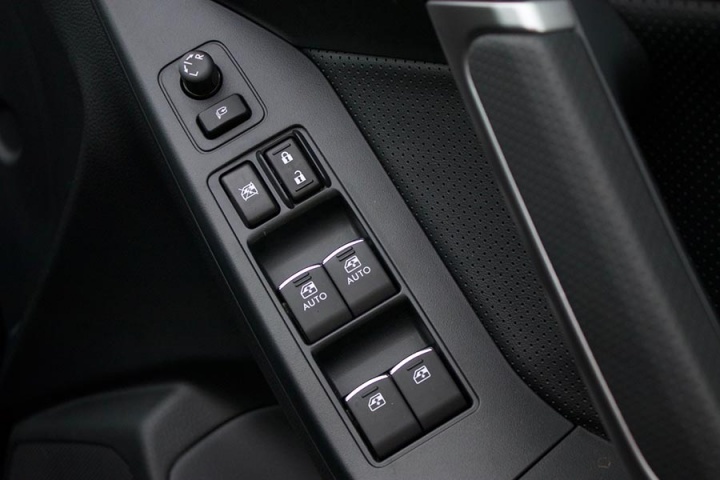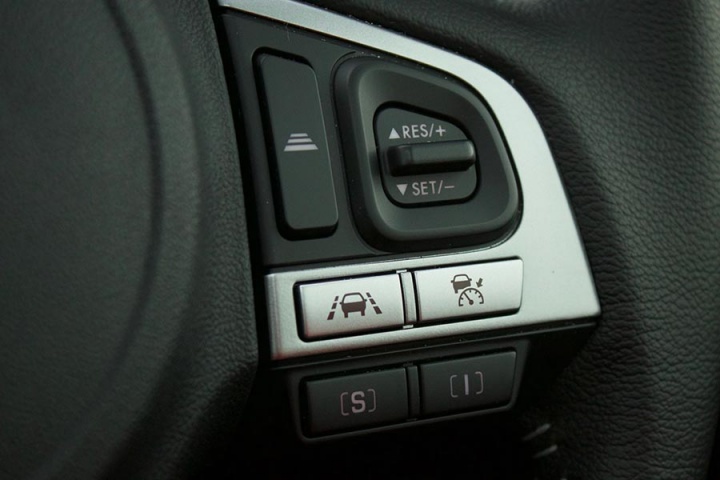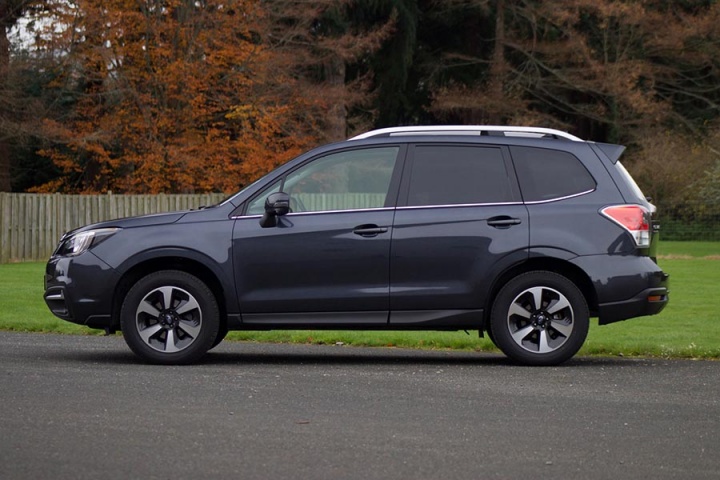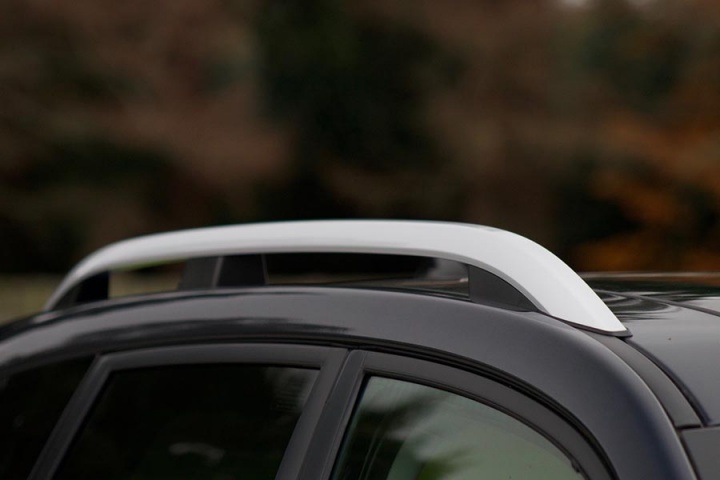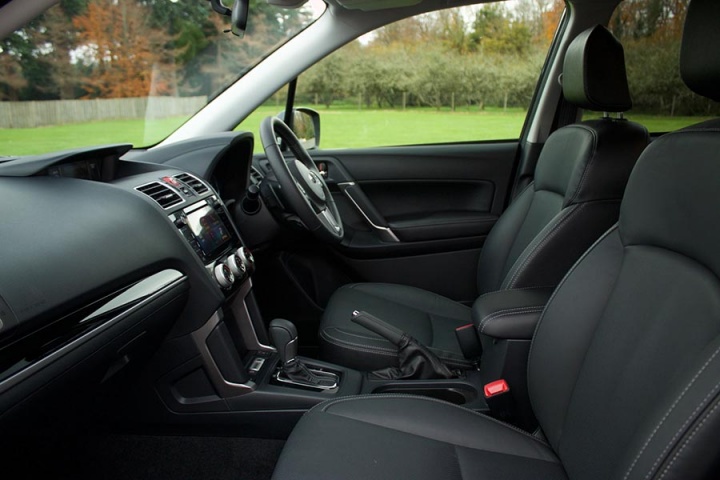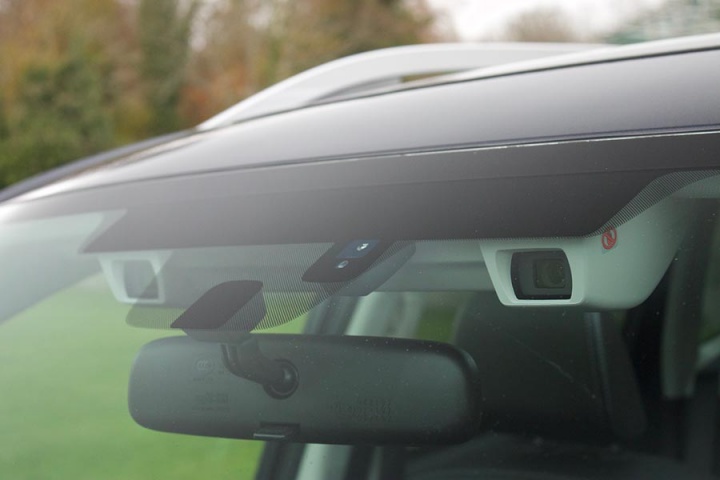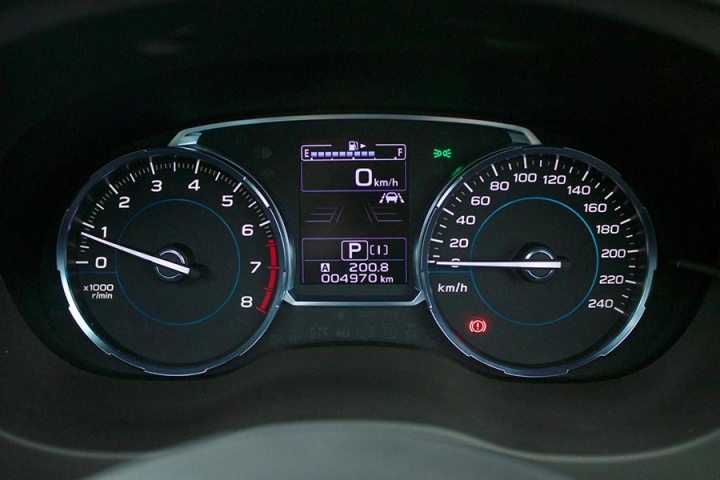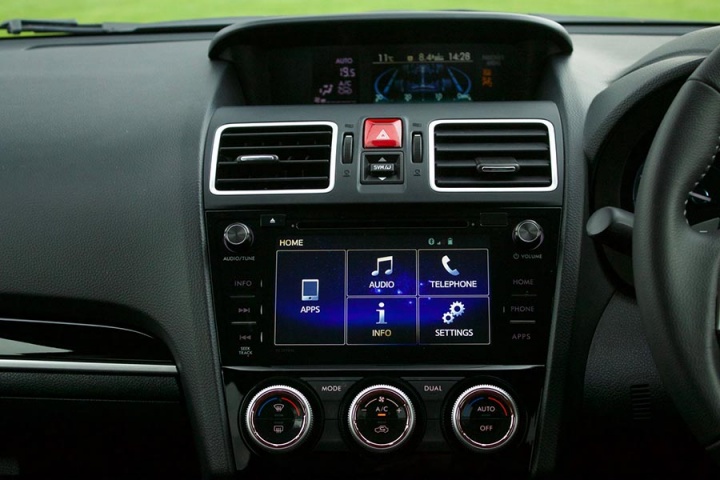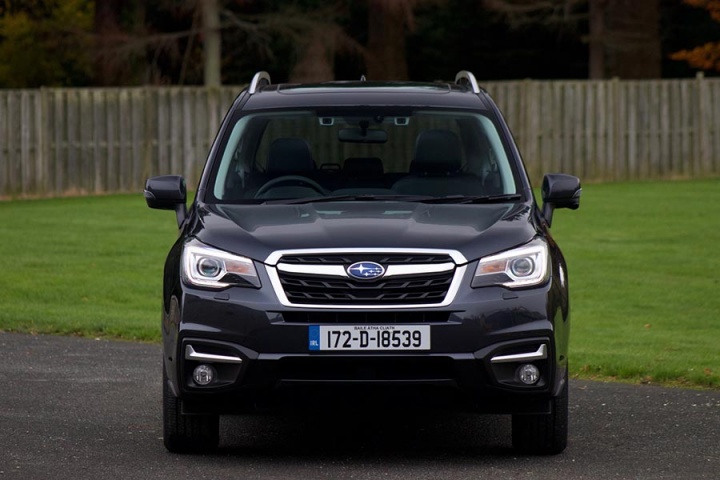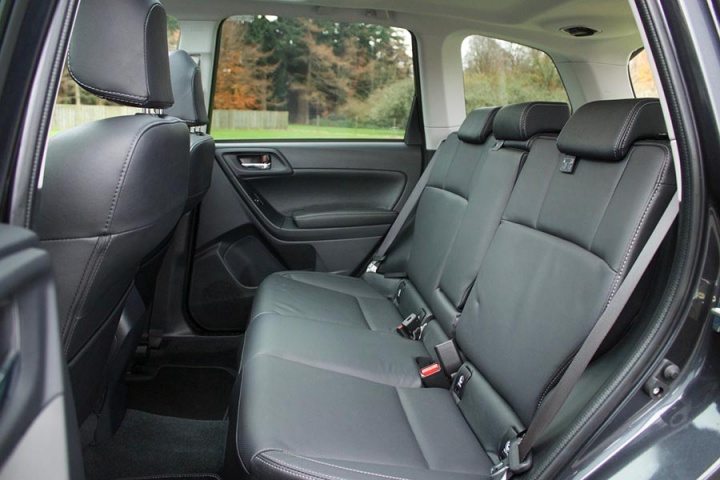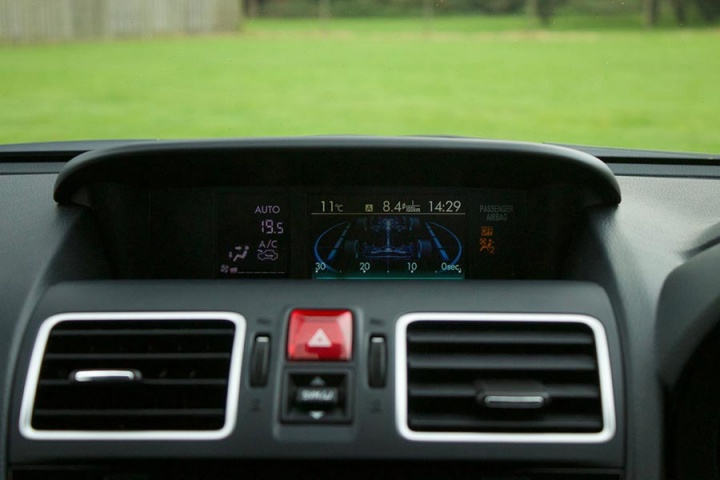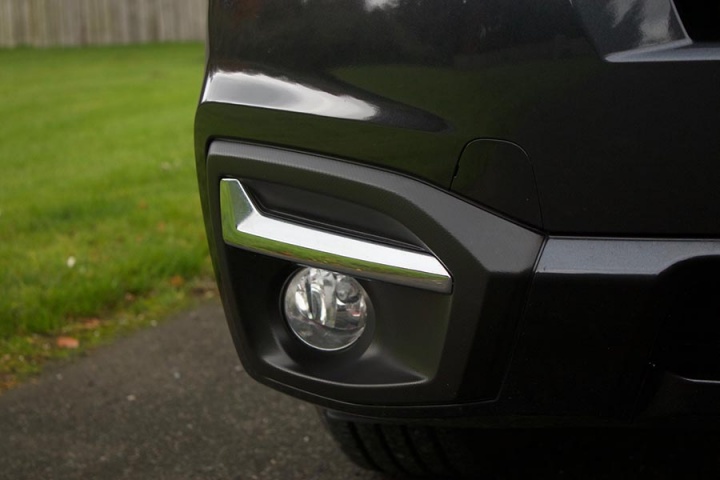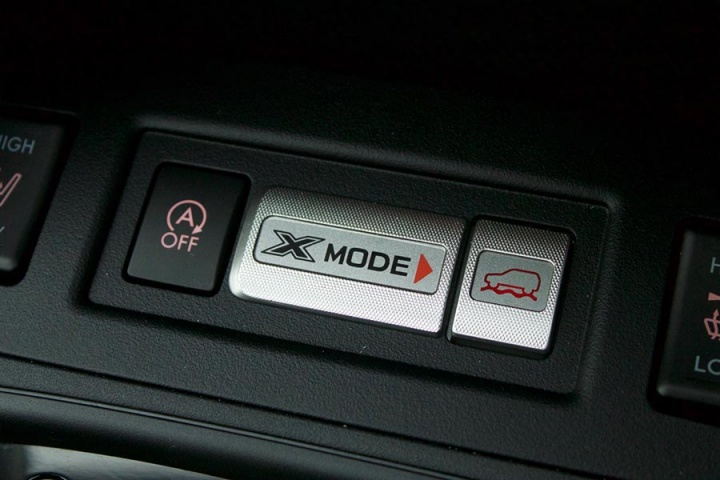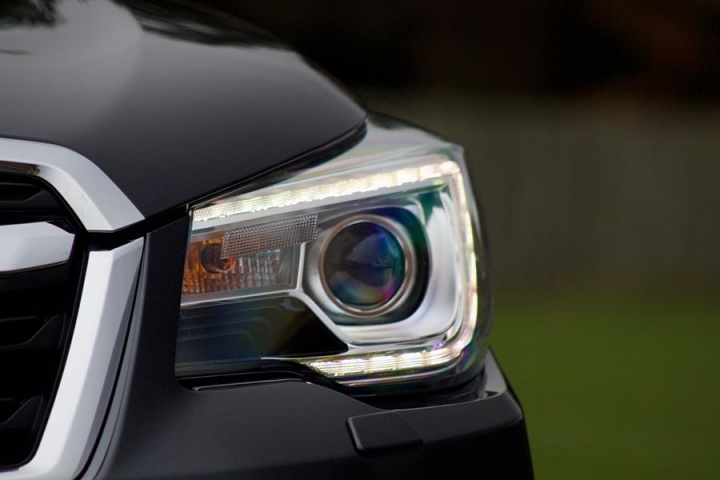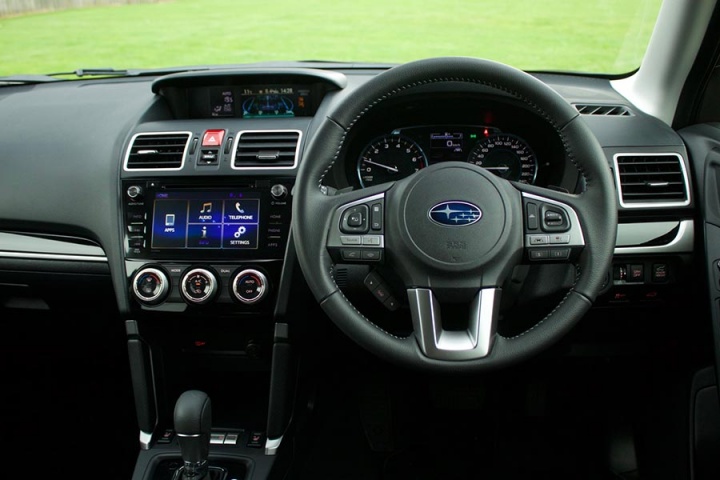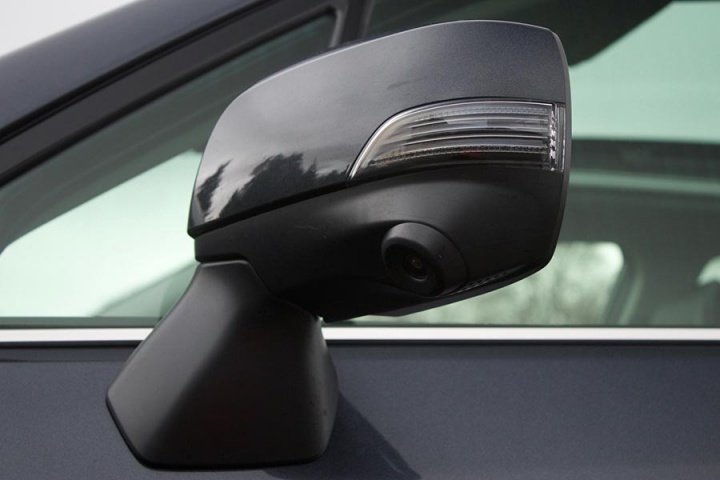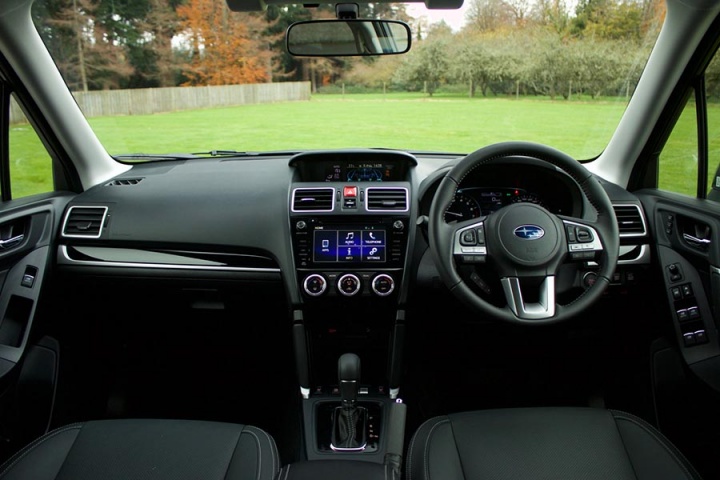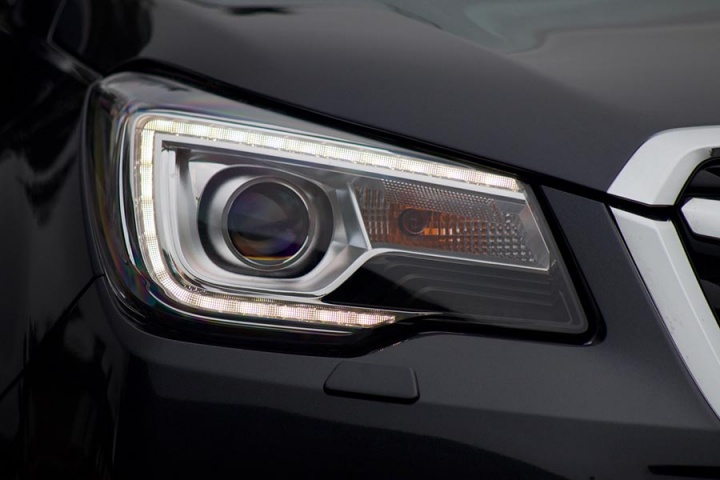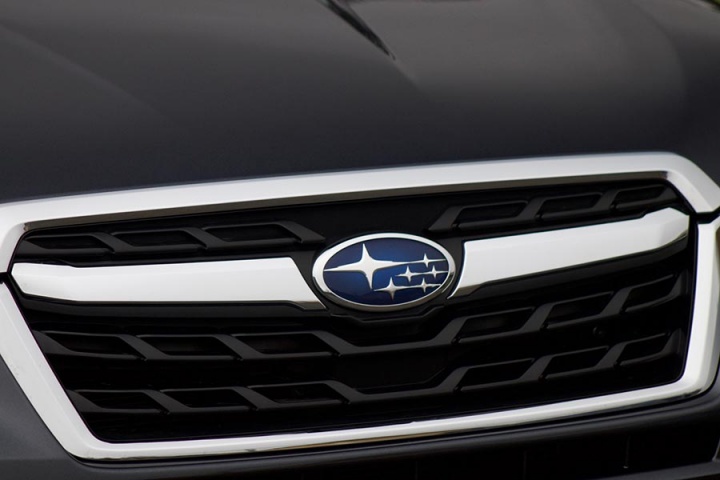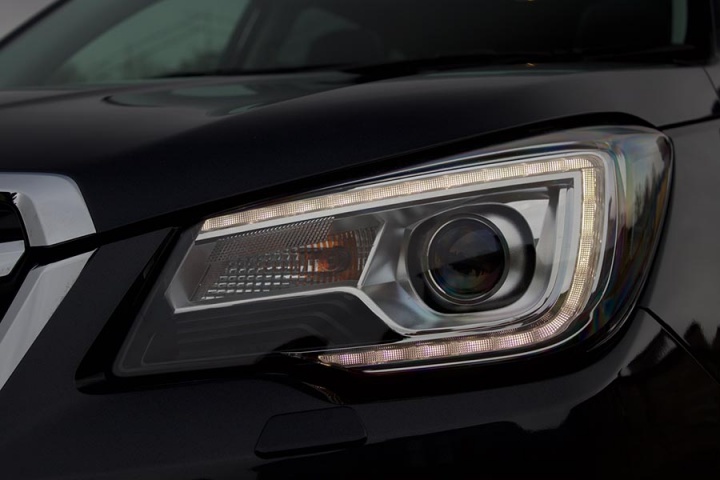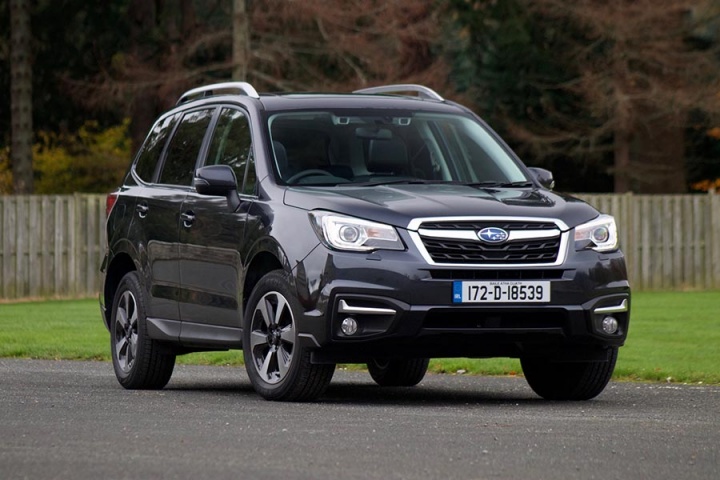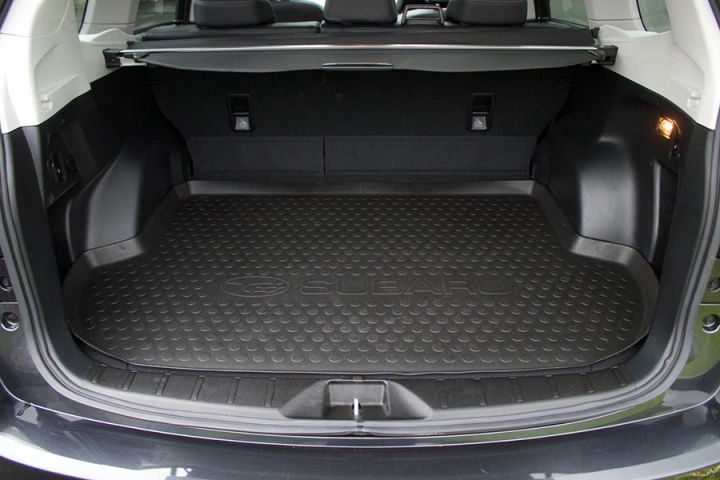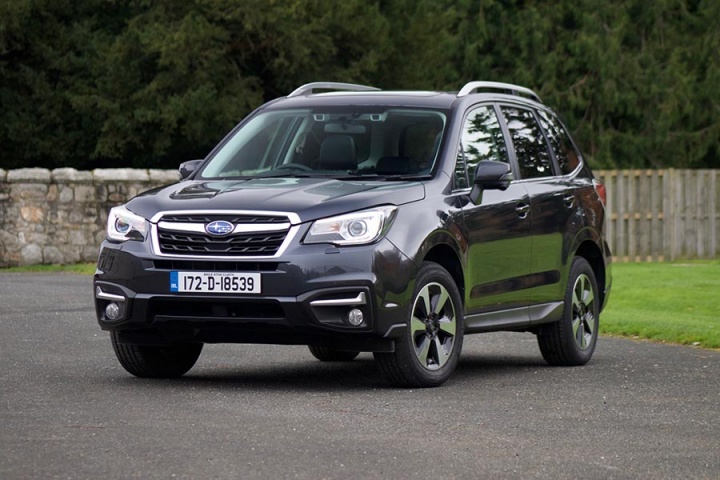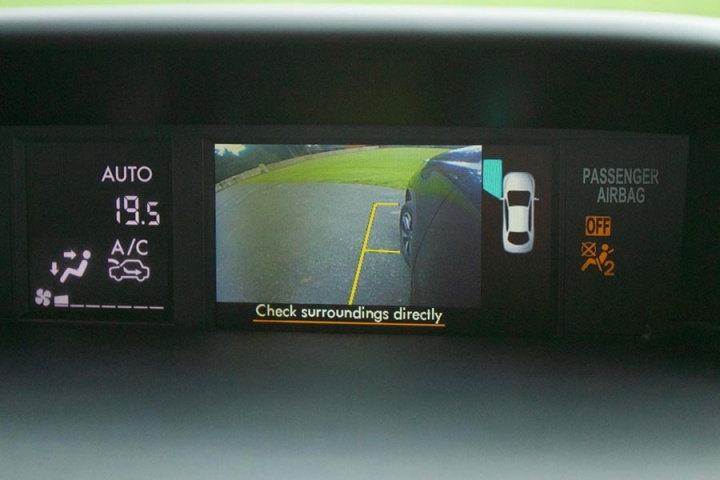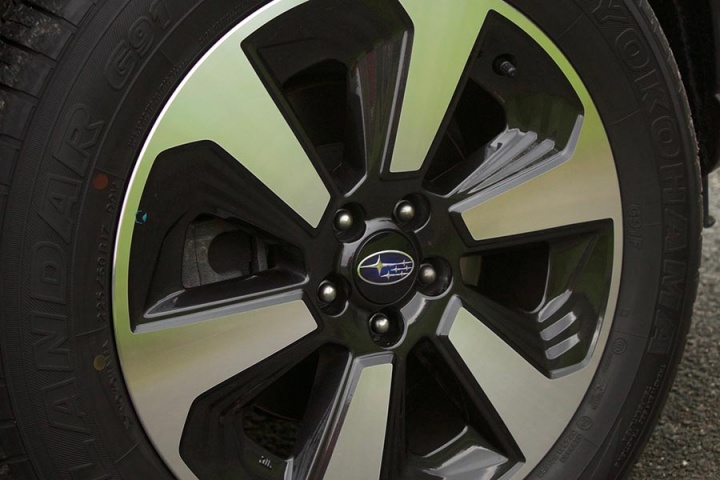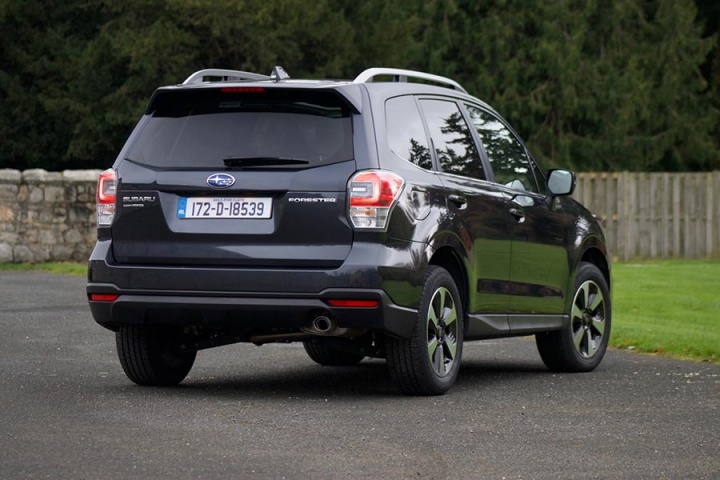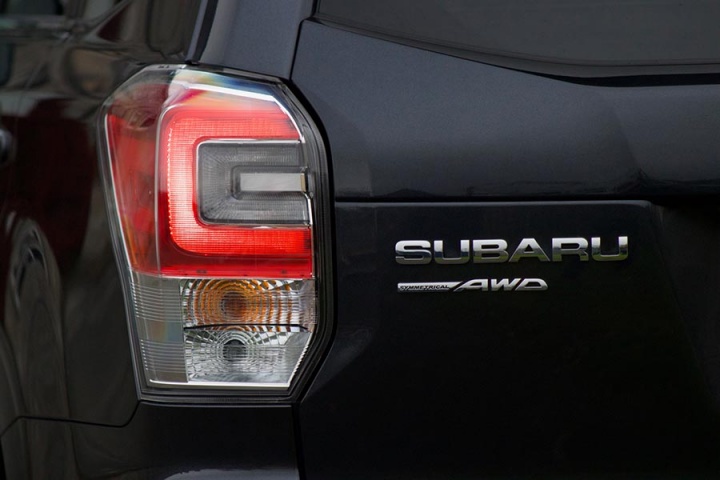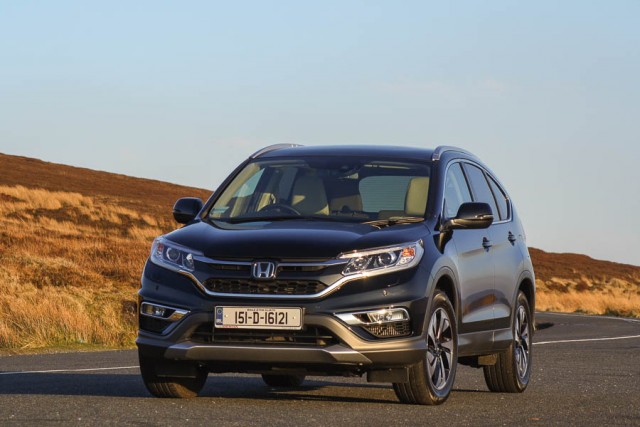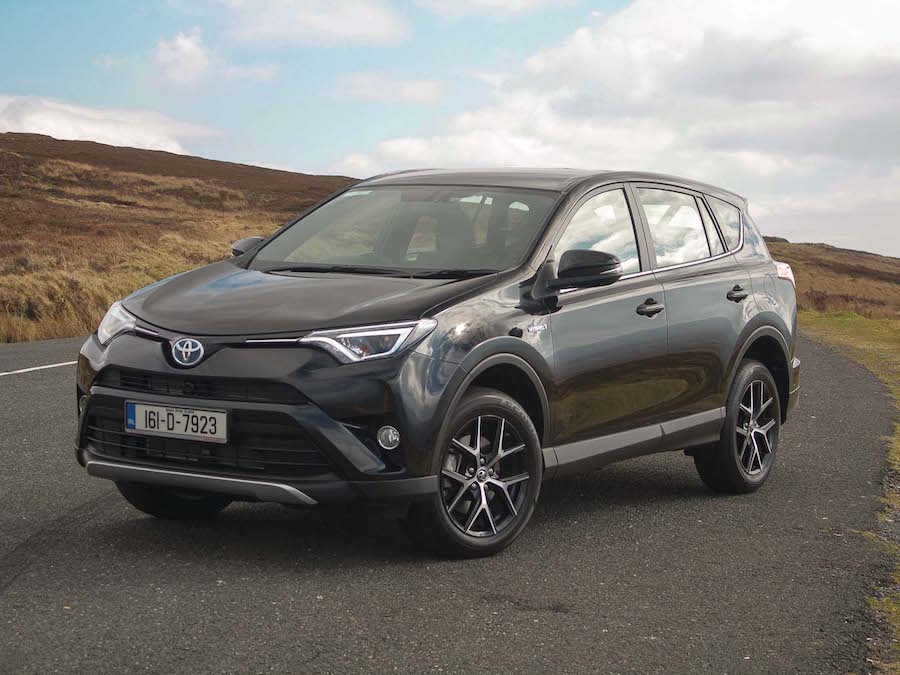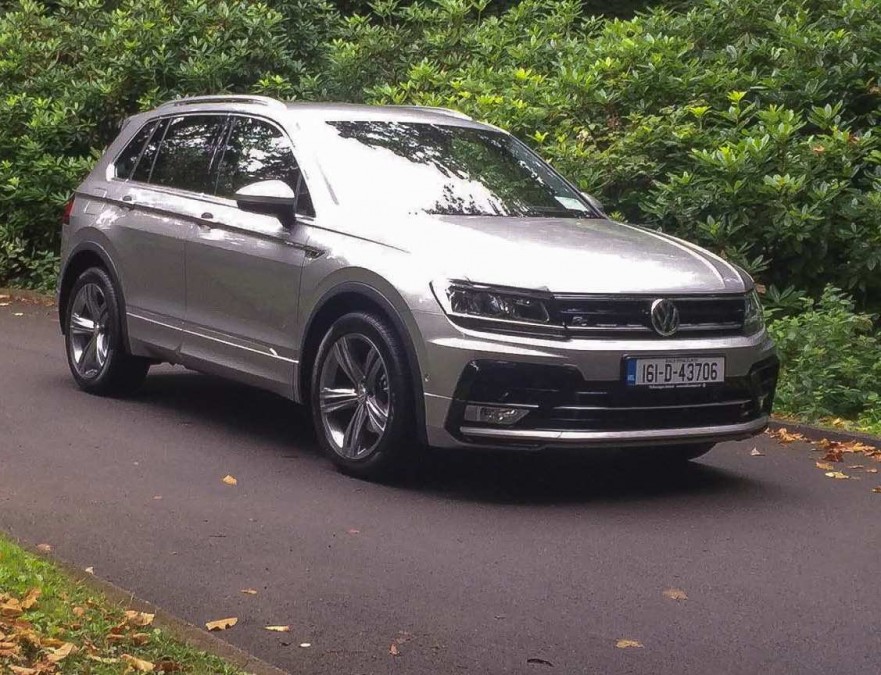Good: reliability, ruggedness, comfort, safety, practicality, pleasant to drive
Not so good: pricey, thirsty, not pretty, old-style interior, engine lacks torque
There's a lot to unpick with the latest Subaru Forester SUV. First off, there's my own personal history with Subaru. I know, I know, I'm supposed to all objective and detached about this kind of thing, but as any good philosophiser will tell you, it's impossible to untangle your own prejudices and feelings from your opinions. One drives the other.
So it is with Subarus and I. For a start, I grew up rural, so maximum respect was always accorded to reliable, solid, Japanese machinery with permanent four-wheel drive. When you've experienced West Cork roads in the dead of winter, you'll know why. Then there was the whole Colin McRae thing. Actually, I go back a bit further than that, to Colin's dad, Jimmy. Both hurled Subarus, latterly the legendary Impreza Turbo, through forest and along vertiginous mountain roads, to great acclaim and no little excitement. Those BAT-555 Imprezas, with their blue-and-gold colour schemes, are permanently imprinted on my cortex.
The Forester itself is too. Way back in 2003, I decided to visit an old friend who lived in Montreal, and announced I would be arriving in March. "March?" he queried over the phone. "You do realise that the snow drifts are taller than you here in March, right?" I didn't, but a borrowed Forester (a 2.5 Turbo XT model) meant that I needn't have worried - it was as if, while all around was frosty and white, the Forester was driving around on a borrowed sliver of the Caribbean.
Which brings us to this, the latest Forester, the 'SJ' model, which has been with us since 2012, and which has been updated for the 2018 model year. Not that this is especially obvious from the outside. There has been some minor restyling around the headlights (which are now optionally LED units that twist and turn with the steering) and grille, but basically this is the same bluff, upright Forester it's always been,
It is a bit safer, though. And when I say 'a bit' I mean 'a lot.' The Forester has been upgraded with Subaru's EyeSight camera-based safety pack, which was first introduced on the Levorg 18 months ago. Fitted as standard to Forester XE models and above, EyeSight uses a pair of stereoscopic cameras mounted in the top of the windscreen, plus a radar system, to scan the road ahead, identifying obstacles and potential dangers. At its simplest, it runs the active cruise control system, matching your speed to that of the car in front, and keeping you at a save remove. It will also slam on the brakes if it detects an imminent collision, and will even stop you from accidentally pulling away from a stop into a stationary object. It also tweaks the steering to keep you in lane on the motorway. It's impressive stuff, and it works very well in practice, being notably more resistant to such issues as heavy rain (and even driving snow during our test) that can often give rival camera-based systems a dose of the shut-downs. Subaru's been given a commendation from EuroNCAP for the system, so there's little doubt that it's effective. It's also rather confidence inspiring.
Well, it is, but then again, the Forester is in and of itself. That combination of Subaru's legendary toughness, allied to the always-on four-wheel drive and the low(ish) centre of gravity that comes from the flat-four 'boxer' engine means that it feels ever stable, always sure-footed and utterly unstoppable in more or less any conditions. During my time with the car, a pressing engagement meant driving from Belfast to Galway and back in a day, and it just so happened that the first part of the journey took place in a literal blizzard, the rest in driving rain and sleet. The Forester shrugged off such conditions as if they were nothing.
It helps that it's nice to drive. The steering lacks, rather, for outright feel, but it's light and accurate, and the nose of the Forester responds quickly and neatly to instructions. The ride quality is well-judged too. The springs are quite soft, which does mean a bit of body lean is always there, but the trade-off is a gentle thud when tackling serious bumps - speed bumps are despatched with a gentle heave and settle, for example.
All this good news about the Forester must eventually give way to the bad stuff, so here goes. The interior is dark, scrappy and cheap-looking as ever - something that's thrown into sharp relief by the new, smaller, Subaru XV, which has a really nice cabin. The digital displays and touch-screen look old-fashioned, and the menu for the trip computer was written by someone who doesn't understand what a user-interface is.
On the upside, the front and back seats are roomy and comfortable, even when one spends a literal entire day behind the wheel, the build quality underlying all that dark plastic is excellent, and the 550-litre boot is better than decent. Plus, all that cheap plastic means that you don't worry about scratching, scuffing, or muddying anything. Just hose it out after you.
The engine and transmission are a very, very mixed bag. Flat-four engines have long been the choice of the enthusiast (Porsches both early and more recent, Alfasuds, faster Subarus) and this 2.0-litre petrol unit is very smooth, and mostly quiet. I say mostly because it's tied into a CVT automatic that sends the revs soaring for the stratosphere every time you ask for brisk acceleration. That's exacerbated by the fact that this engine is something of a torque-free wonder (less than 200Nm) so that acceleration is not all that brisk. You're better taking everything gently, letting momentum build up, rather than going for anything more energetic.
It is very, very thirsty though. Thanks to the CVT, Subaru has managed to keep the CO2 figure down to a reasonable 150g/km, so you'll pay €390 a year in motor tax, which is not too bad. The fuel consumption is not great, though. We could average no better than 9.2 litres per 100km overall (that's 30.7mpg), which is ruinous by modern standards. It's rather clear that Subaru's priorities lie with the vast US market (where it sells more than half a million cars a year) than with low-CO2 Ireland (where a mere 169 Subarus were sold last year).
Then there's the price. The strength of the Japanese Yen keeps Subaru's prices pretty high, and while the Forester range starts at a not-unreasonable €36,995, most similarly-sized competitors have starting prices below the €30,000 mark. Our test car, a range-topping model with leather, the full safety kit and more cost €43,495 for which one would certainly get a fully-specced rival car, and even a base-model premium-brand competitor.
The thing is, though... when the weather is howling with wind, sleet, rain and snow. When the going has gone beyond tricky and into downright treacherous. When it's dark, dismal and you're miles from home, I'm not sure there are any competitor vehicles in which I'd rather be. The Forester just exudes that typical Subaru toughness, and when you're pressing on through piled-up snow and slick ice, with your kids in the back, the high-ish purchase price and the steep fuel consumption curve rather do fade into the background. Beyond which is the advice I was once given about spending extra on some high-quality clothing, rather than shopping in Penny's bargain bin as I normally do. Divide the cost by the number of times you'll wear it, I was told, and it's turned out to be good advice. I think it might be rather similar with the Forester. Divide its price, and its fuel bills, by the number of times its all-wheel drive gets you out of trouble. By the number of times its EyeSight system might prevent you from having an accident. By the number of times that roomy and wipe-down interior will come into good use. And by the fact that, given Subaru's reliability reputation, you'll probably be able to bequeath your car to your grandchildren.
In a world of fashionable, disposable, wannabe-SUVs, the Forester remains the real deal, a beacon of rugged, serious, capability. Care to put a price on authenticity?

